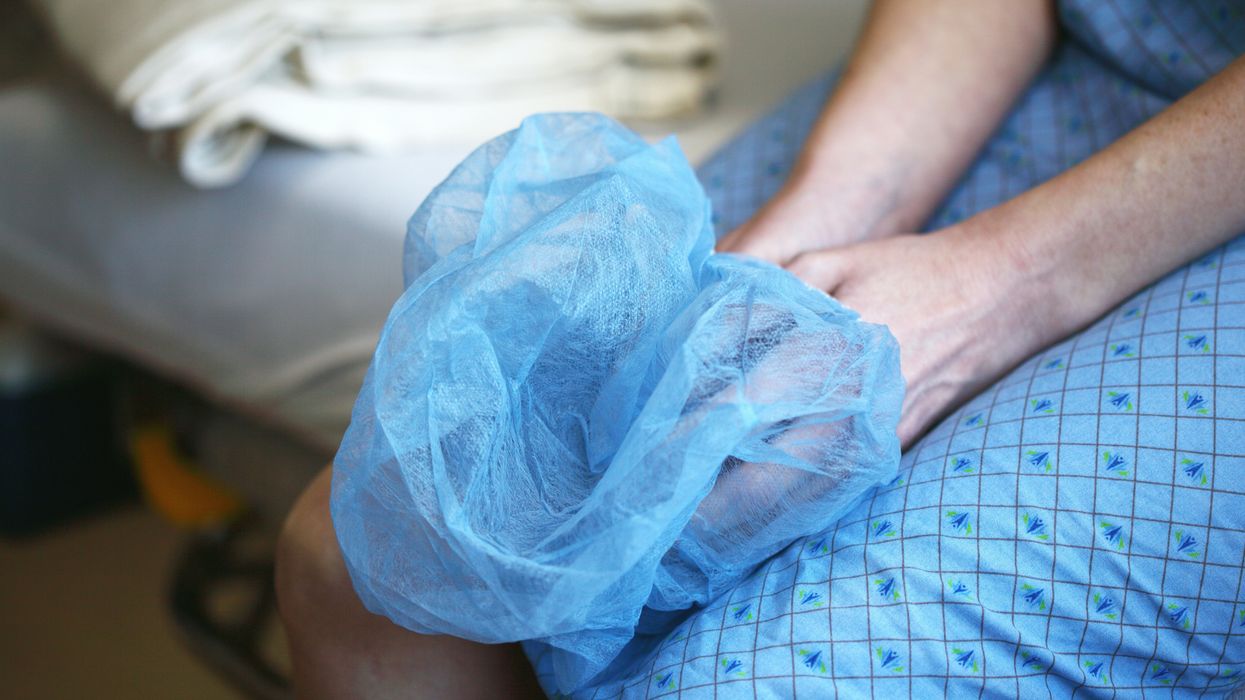In recent years, whooping cough (pertussis) cases have been on the rise in the United States, with reported infections now at levels significantly higher than in recent years. In 2024, case counts have more than tripled compared to the same period in 2023, with over 16,000 cases so far, without even being in the peak of illness season. The Centers for Disease Control and Prevention (CDC) attributes this increase to several factors, including waning immunity in vaccinated populations, lower vaccination rates, and increased public interactions post-COVID-19 pandemic restrictions (CDCVerywell Health).
Contributing Factors to the Surge
- Waning Immunity: Immunity from the acellular pertussis vaccines (DTaP and Tdap) diminishes over time. In teens, vaccine effectiveness can decline from 73% to as low as 34% after four years. This waning immunity has led to higher susceptibility even among vaccinated individuals (CDCVerywell Health).
- Post-Pandemic Factors: During the COVID-19 pandemic, the use of masks and reduced social interactions helped suppress the spread of pertussis. Now, with relaxed safety protocols and increased social gatherings, the disease is returning to pre-pandemic levels. Additionally, the pandemic disrupted routine immunizations, leaving more individuals unvaccinated and vulnerable (CDC).
- Decreased Vaccination Rates: The decline in vaccination coverage for pertussis has left more people at risk, particularly in certain states where cases have surged. The CDC and health experts stress the importance of staying up to date on vaccinations to prevent the spread of this highly contagious disease (CDC).
Why Pertussis Is Especially Concerning
Pertussis is highly contagious and can be severe, especially for infants and individuals with weakened immune systems. Infants are at the highest risk of complications such as apnea, pneumonia, and even death. Pregnant women are encouraged to receive a Tdap booster to protect newborns from the disease during their first few months of life (CDC).
Protecting Against Whooping Cough
To curb the spread of whooping cough, the CDC recommends regular vaccinations throughout childhood and booster doses in adolescence and adulthood. Tdap boosters are also crucial for pregnant women and individuals who have close contact with young children. The vaccine not only protects individuals but also contributes to herd immunity, reducing the likelihood of outbreaks in communities (CDCVerywell Health).
As cases continue to rise, staying informed and up to date on vaccinations is vital in helping prevent further spread and safeguarding vulnerable populations. Unlike flu and pneumonia vaccines, Tdap boosters may only be available if you have pre-existing conditions. If you’re unsure of your vaccination status, consult a healthcare provider to check your records and discuss getting a booster if needed.









 Karla Mingo believes that her greatest gift as a cancer survivor is the ability to live with gratitude and thankfulness.
Karla Mingo believes that her greatest gift as a cancer survivor is the ability to live with gratitude and thankfulness.





 Dr. Cary S. Kaufman teaches the "Essentials of Oncoplastic Surgery" course through the National Consortium of Breast Centers, providing breast surgeons around the world with advanced techniques for optimal breast surgery outcomes.
Dr. Cary S. Kaufman teaches the "Essentials of Oncoplastic Surgery" course through the National Consortium of Breast Centers, providing breast surgeons around the world with advanced techniques for optimal breast surgery outcomes.